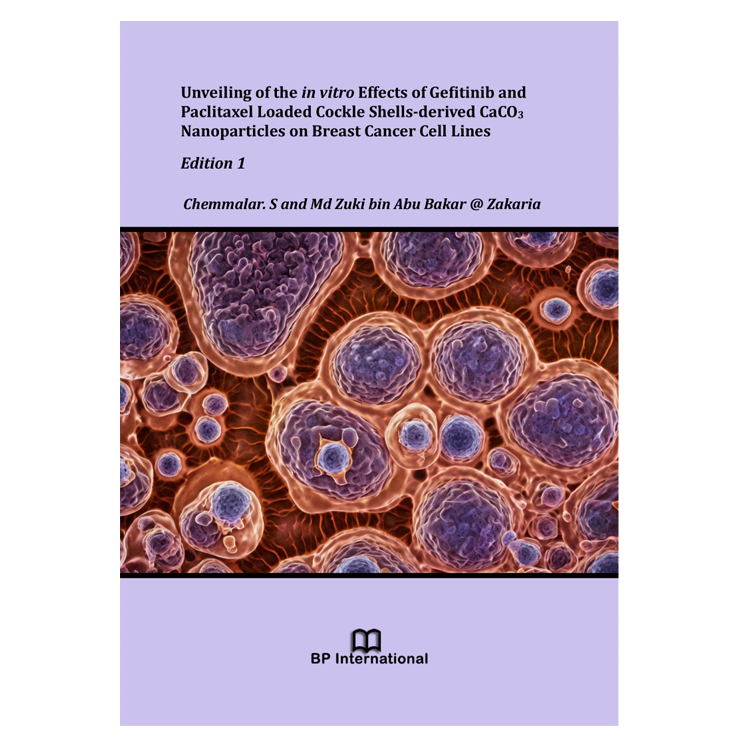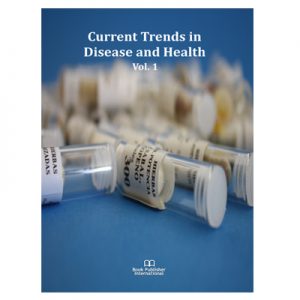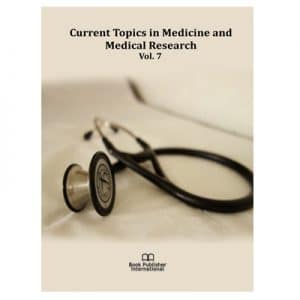Modern scientists are capable of developing personalized medications to treat cancer and other diseases by possessing a comprehensive comprehension of the tumor microenvironment, tumor subtyping, and molecular expression. Cancer chemotherapy has been linked with the resultant killing of tumor cells and tumor shrinkage but has been notoriously famous for its adverse effects on healthy cells. The advent of nanomedicines and the use of nanocarriers to deliver drugs to kill cancer cells has elicited tremendous interest in nanomaterials that are biocompatible as well as serve as carriers of drugs.
Breast cancer is the most prevalent form of cancer in women worldwide, including in Malaysia, where it ranks second in terms of mortality rate. Conventional treatment modalities include the use of antimitotic agents, antimetabolites, hormones, immunological compounds, and alkylating agents of DNA. Nowadays, nanoparticle-based drug carriers and targeted therapies are used as bedside treatments since they demonstrate improved efficacy and safety. Nanoparticle-based drug carriers can carry and deliver multiple drugs at the tumor site due to the leaky tumor vasculature. Epidermal growth factor receptor (EGFR) overexpression has been correlated with poor prognosis in many breast cancer patients. Gefitinib (GEF), an EGFR-Tyrosine Kinase inhibitor (EGFR TKI), has to be administered orally, and it leads to adverse skin reactions and gastrointestinal problems. Paclitaxel (PTXL), an antimitotic drug, is poorly water-soluble and needs to be administered with a solvent, which leads to hypersensitivity and neuropathies in some patients. Cockle shells are a staple of Southeast Asia, including Malaysia, and the shell waste has been used as a feed additive and here converted to nanoparticles, which are excellent drug carriers for anticancer drugs and antibiotics.
“Unveiling of the in vitro Effects of Gefitinib and Paclitaxel Loaded Cockle Shells derived CaCO3 Nanoparticles on Breast Cancer Cell Lines,” is an interesting book where the in vitro characterization of the three types of newly synthesized drug-loaded nanoparticles have been described. This book is the first of its kind in terms of the newly synthesized Cockle shells-derived biogenic Calcium carbonate nanoparticles. The book has been designed to be a user-friendly reference for researchers conducting in vitro assessments of nanomedicines. It includes stunning photographs, micrographs, and ultra micrographs for reference. The abbreviations that are frequently used are listed in this book. The authors have made sure that all the information has been cited, and the unreferenced in-text attributions are the comments and views of the authors alone and do not reflect the views or opinions of the organization or university.





